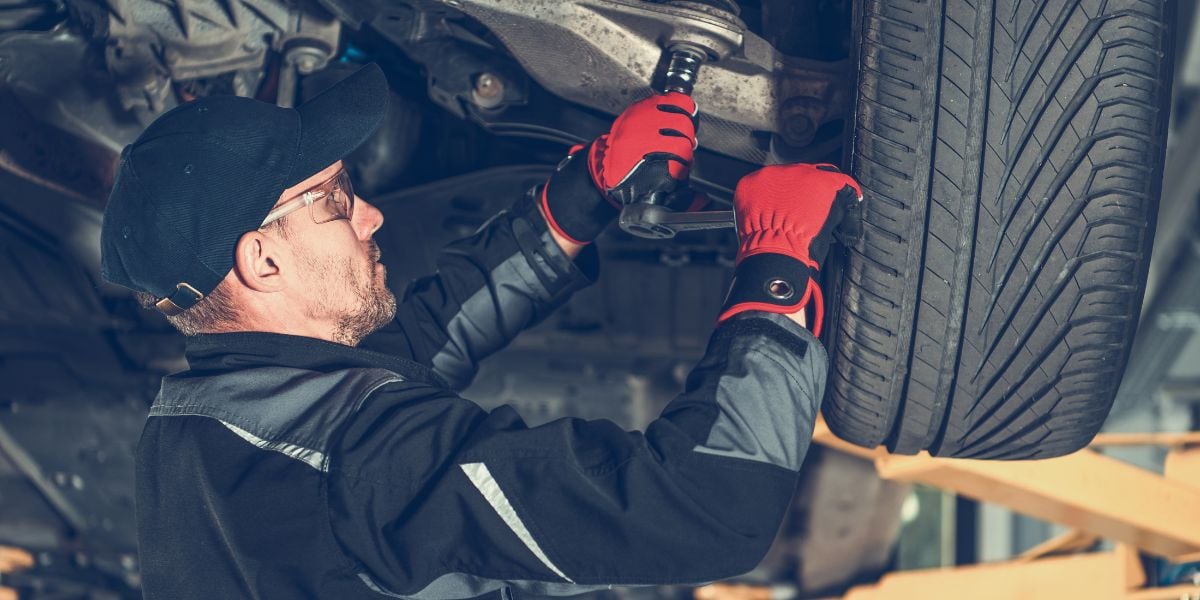ICT repair and refurbishment
The circular economy for consumer electronics is already here and it is very large. Deloitte Global estimated that approximately 120 million used smartphones were sold or traded in by consumers in 2016, calling it the “$17 billion market you may never have heard of”. The digital industry has embraced the circular economy model by means of an established infrastructure that promotes repair, refurbishment and remanufacturing practices.
This infrastructure, next to waste collection and treatment facilities, is the circular economy backbone of the information and communication technologies (ICT) industry in Europe. It contributes to reuse and increased lifetime of IT devices in the European market, thus delivering real benefits to consumers. Indeed, DIGITALEUROPE companies perform millions of repairs annually. Refurbishment and remanufacturing is a longstanding practice in B2B and high value segments of our industry. For this repair, refurbishment and remanufacturing business to further expand, regulators need to recognise the trusted status of authorised repair networks, refurbishment and remanufacturing facilities to ensure the safety and quality of the repair experience for consumers. This also implies the necessary protection of IP rights associated with the innovative nature of our sector – even in the aftersales, maintenance and repair market and, in particular, with regard to licence agreements and access to proprietary information. Products are designed to withstand the rigours of everyday use and even abuse. Functions, aesthetics and structural characteristics are maximised accordingly. Manufacturers design to minimise the need for repair through the selection of high quality materials and components, as well as a durable and reliable structural design. Manufacturers also subject their devices to rigorous tests before they are placed on the market.
A balance is sought between the quality of the materials, durability and costs. We therefore believe that when legislating ecodesign, regulators should set feasible goals, vetted by stakeholders - rather than prescribing design measures which have not been thoroughly studied, and could impede product innovation or affect product reliability and functionality. Such an approach empowers the industry to continue innovating. It also allows manufacturers to assess carefully the potential trade-offs between durability, repairability, ease of disassembly and other design features. If regulators stick to these principles in guiding the standardisation and legislation of the aftersales market, the transition to a more circular economy - where the value of products, materials and resources is maintained in the economy for as long as possible - will advance accordingly and continue to contribute to a sustainable, low carbon, resource efficient and competitive economy.
Share your remanufacturing stories with us
Do you have an innovation, research results or an other interesting topic you would like to share with the remanufacturing industry? The Rematec website and social media channels are a great platform to showcase your stories!
Please contact our Brand Marketing Manager.
Are you an Rematec exhibitor?
Make sure you add your latest press releases to your Company Profile in the Exhibitor Portal for free exposure.



